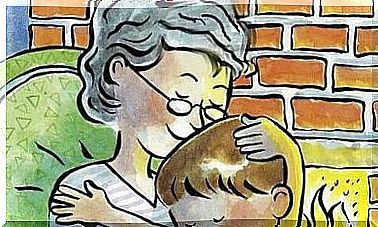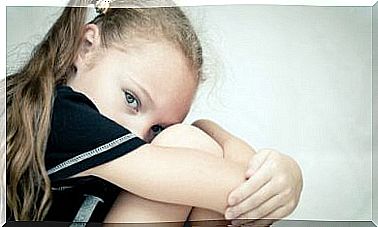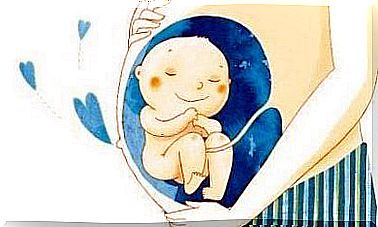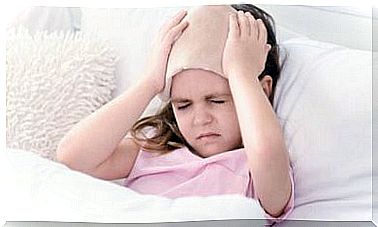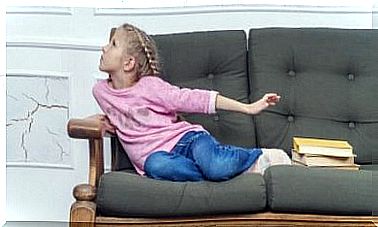Epistaxis In Children: Causes And Treatment
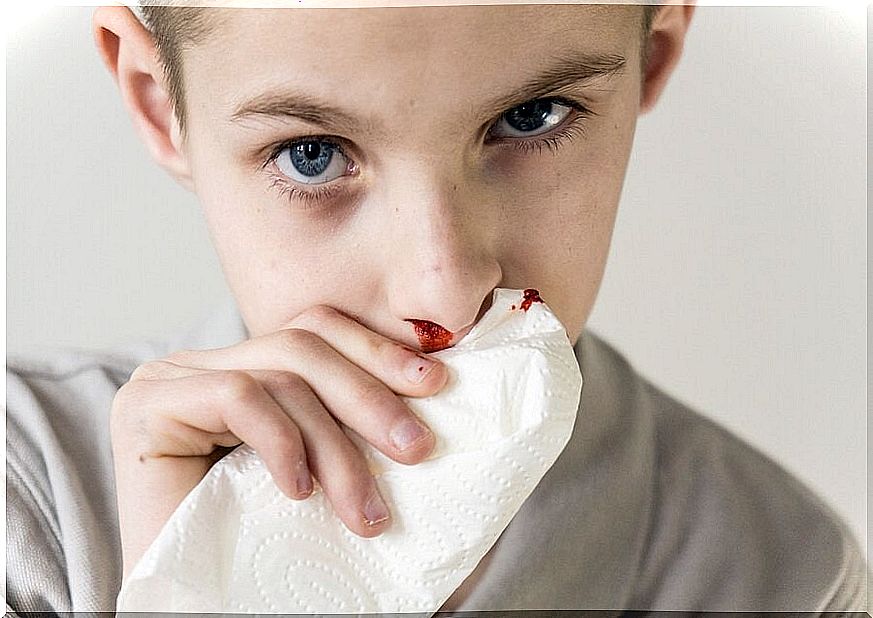
Nosebleeds in children can sometimes come as a surprise. Aside from the need to stop the bleeding, you are also probably wondering what the trigger is.
In most cases, nosebleeds in children can appear dramatic, but it is nothing to worry about. However, frequent or heavy nosebleeds can indicate more serious health problems such as high blood pressure or a bleeding disorder.
Therefore, you should analyze the reason. Frequent nosebleeds for a long time can cause additional problems, such as anemia. In this case, take your child to the doctor!
Causes of nosebleeds in children
The inside of the nose is filled with small, delicate blood vessels that can be damaged relatively easily. Therefore, if the child’s nose is irritated by dry air, nasal medication, or infection, a nosebleed may occur.
Epistaxis can occur spontaneously when the lining of the nose dries out. This is common in dry climates or in the winter months when the air is warm and low in moisture from the heater.
Children are more prone to nosebleeds when they take drugs that prevent blood from clotting normally. In this situation, even a minor mishap can lead to profuse bleeding.
In the rarest of cases, nosebleeds in children are caused by a bleeding disorder or other diseases.
The most common causes are:
- Prolonged inhalation of very dry or cold air
- Blowing your nose too hard
- Nose picking
- Hit the nose
- Foreign matter in the nose
- Allergies
- Infection of the nose, throat, or sinuses
- Certain medications
- Stuffy nose

What can I do about a nosebleed?
You can stop your child’s nosebleed by first sitting on a chair and then doing the following:
- Gently bend the child’s head forward. Keep in mind that tilting your head back can cause blood to flow to your throat.
- Gently squeeze the nostrils together while your child breathes through their mouth at the same time.
- Try to hold the pressure for about 10 minutes. If you stop too early, your child’s nose will likely start bleeding again. You can also put ice wrapped in a cloth on your nose to reduce blood flow.
When should you go to the doctor?
A medical examination is necessary in the following cases:
- Frequent nosebleeds
- Introduction of an object
- New drugs
- Bleeding in other areas, such as the gums
- Bruising on the body
- If the bleeding was due to a blow to the head, if your child has a headache, or feels weak or dizzy.
- If after 10 minutes the bleeding does not stop.
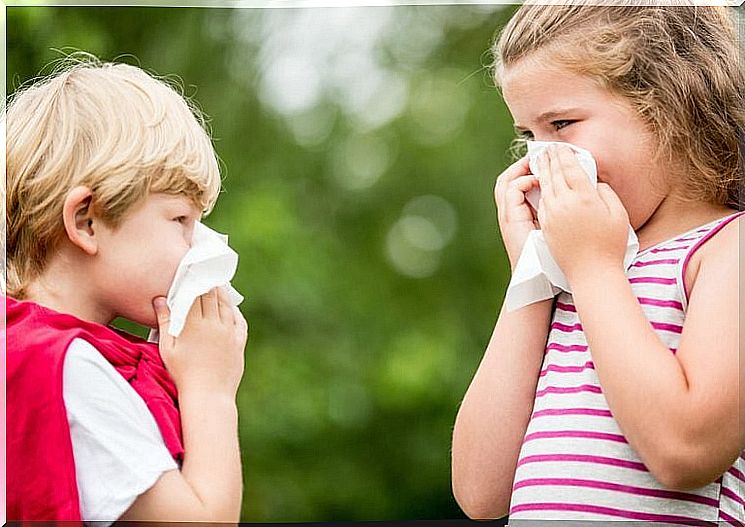
Tips for preventing nosebleeds in children
The following simple tips will help you avoid nosebleeds:
- Keep your child’s fingernails short to avoid injuries when picking the nose.
- Keep the inside of your child’s nose moist with saline, nasal spray, or gel. Or apply a nasal ointment.
- Use a humidifier in your child’s room if you think the air in the house is dry.
- Make sure your child is adequately protected from activities that may cause a nose injury .
Finally, remember that children can get nosebleeds from time to time, even with proper care. You shouldn’t panic about this right away. In general, this bleeding is harmless and in most cases easy to stop.
